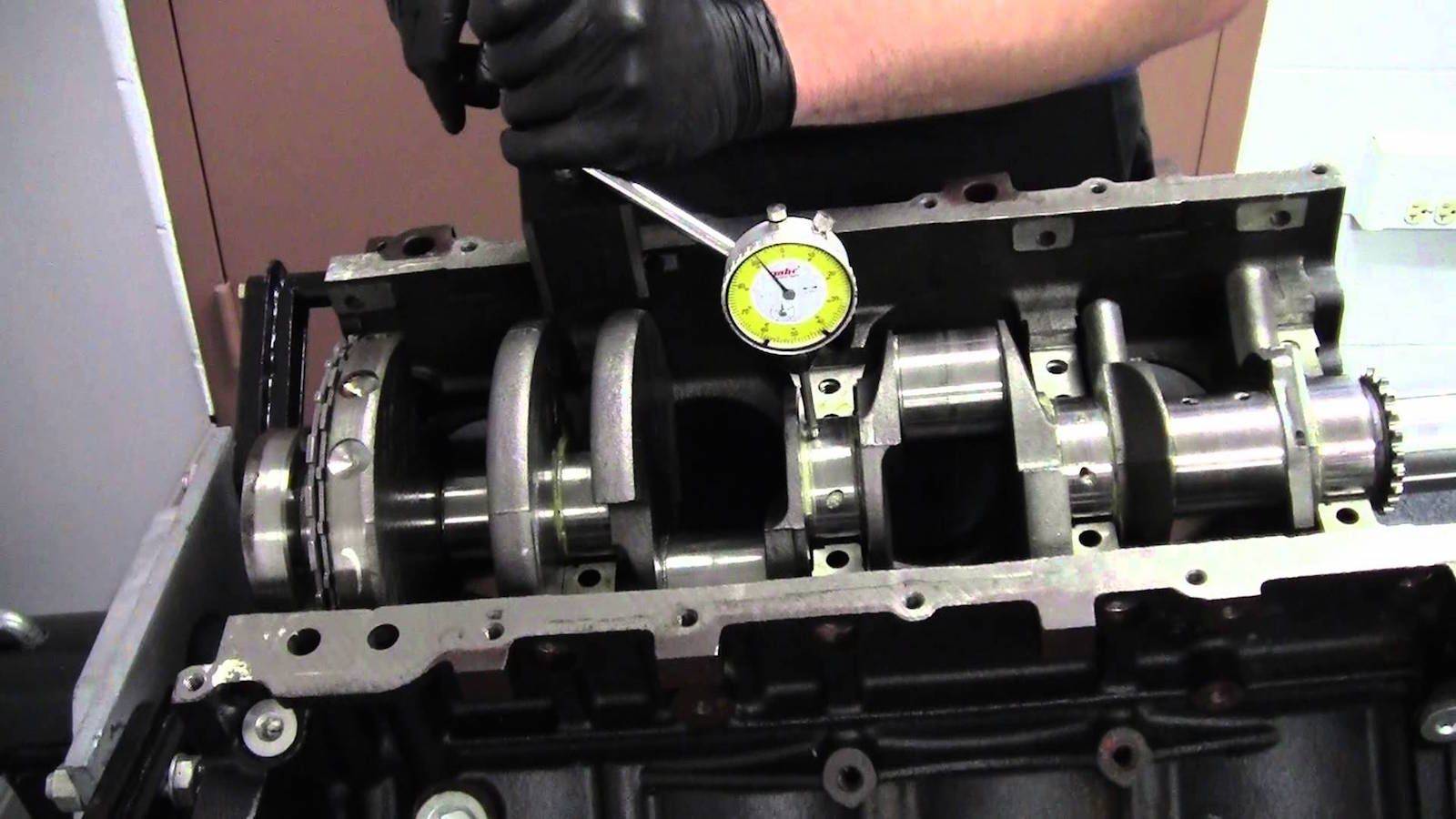Precision Tools Used in High Performance Engine Building
Without the LS the Corvette wouldn’t be the incredible performance vehicle it is become today. That V8 is the beating heart of the Bowling Green Beast. If you’ve ever wondered how to put one together, here’s part 1 of how to do it.














Building Blocks of Power
Crankshafts, connecting rods and pistons make up the fundamental anatomy of the Chevy small block, but how do you make sure they do their job correctly? You measure them, very, very accurately. In a world where performance is defined by the width of a human hair you need to be precise.
Outside Micrometer
Our first tool as we journey down the rabbit hole is the outside micrometer, often just called a mic. These are used to measure the outside diameter of round things, like pistons, or the thickness of things, and come in several different size ranges. They aren’t cheap and using them properly takes practice. Prices can vary from $140 all the way up to $700. They are vital to determining piston to cylinder wall clearance and are also used to measure bearing clearances on the crankshaft. Very useful stuff!
Dial Calipers
This tool is kind of a swiss-army knife when it comes to measuring, though it is not as precise as a micrometer. They have inside and outside jaws so you can get a lot of different readings. Measuments go to the thousandth place (three decimals) and cost is relatively inexpensive. Figure around $100 to $200 for a decent set. They are actually a cool tool to have outside of engine building as well.
Dial Indicators
If the dial caliper is the swiss army knife, then the dial indicator is your bread and butter. These things are essential. Used to get readings on crankshaft endplay, runout, camshaft lobe lift and tons of other critical elements. If you want to find out how far out of round a rotating part is, this is how you do it. You will often see them used with a magnet base for stability. Prices run similar to the outside micrometer.
Dial Bore Gauge
This very expensive tool measures the bore of any kind of cylinder. For example, you would cram this thing into the top, middle and bottom of a cylinder to check how much it deviates from round, and how much bigger than spec it is worn. You also use it to check the inner diameter of the big end of a connecting rod for bearing clearance. A human hair is 0.004” thick; the dial bore gauge is capable of getting readings down to 0.0001”.
T-Gauge
I pity the fool who doesn’t have a T-gauge! The telescoping gauge, or T-gauge as they are commonly referred to, is a little guy that get into places where you just can’t go with bigger tools. They are used to accurately measure inner diameters of smaller holes. You compress the ends, get them into where they need to go and snap them out. Once the ends snap out you lock them in place, remove it and measure the outside with your dial calipers, or micrometer, depending on how accurate you need to be.
Give it a Shot
Engine building is a lot more fun that building a ship in a bottle, and every enthusiast should do it at least once. If you can’t afford the tools, see if you have a friend that will loan them to you. Maybe you even know someone who has done it before that can walk you through the process. There are many more tools and heavy machines that come into play, but these are some of the basics. In part 2 we’ll cover some of the larger machines involved, for the parts of the job most hobbyists typically farm out. Until next time…
For help with service of your car, check out the how to section of LS1Tech.com
